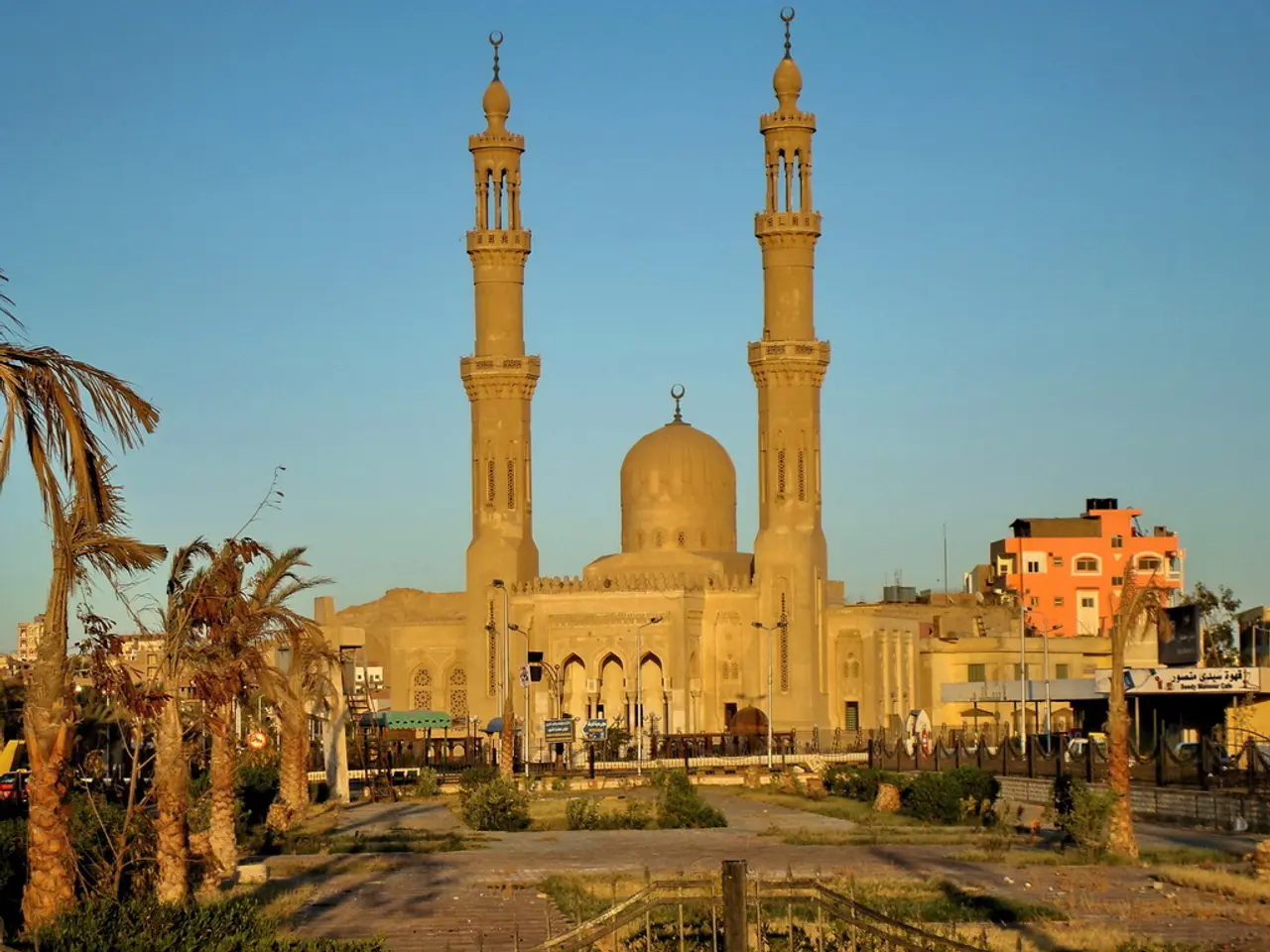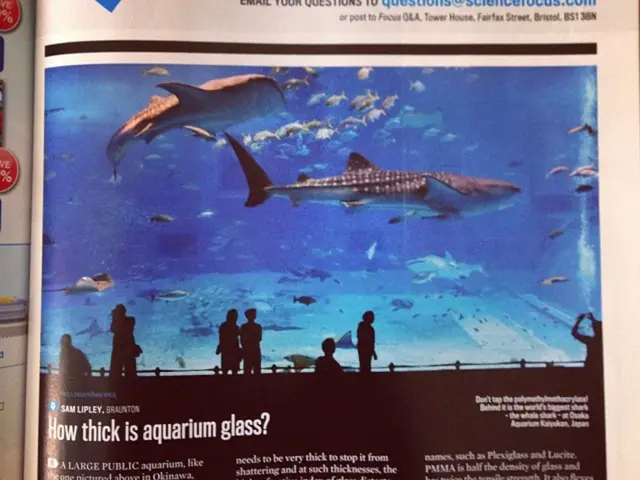Mosque in Mosul restored following ISIS demolition
In a significant step towards Iraq's rebuilding efforts, Iraqi Prime Minister Mohammed al-Sudani has recently reopened the Great Mosque of Mosul and its iconic Hadba Minaret, along with two churches. These sites, destroyed by the Islamic State (IS) in 2017, stand as a testament to Iraq's resilience and societal unity.
The Great Mosque, also known as the Al-Nuri Mosque, dates back to the 12th century and held immense symbolic significance for the ISIS-caliphate, which was declared there in 2014. Abu Bakr al-Baghdadi, the leader of ISIS, first appeared in public at the Great Mosque in July 2014. The mosque was blown up by the Islamic State in the summer of 2017.
The rebuilding of the Great Mosque was assisted by the UN cultural organization UNESCO and the United Arab Emirates. Iraq declared victory over IS in December 2017, and the rebuilding of the Great Mosque was completed under the current leadership of Prime Minister al-Sudani.
At the reopening ceremony, al-Sudani referred to the sites as symbols of resistance against terrorism. He stated that the restoration of these houses of worship stands for peaceful coexistence and societal unity in Iraq. The reopening of the Great Mosque and the churches occurred more than eight years after their destruction.
The reopening of these historic sites is a significant milestone in Iraq's rebuilding efforts. It serves as a reminder of the devastation caused by terrorism and the country's determination to rebuild and move forward. The Great Mosque and the churches, once symbols of the ISIS-caliphate, now stand as symbols of Iraq's resilience and commitment to peace.
Read also:
- ICE directed to enhance detention conditions following NYC immigrants' allegations of maltreatment
- Israeli finance minister issues warnings about potential annexation of West Bank territories
- United States faces rebuttal from South Africa over allegedly deceitful human rights report and assertions of land expropriation
- Accident at Rodalben Results in Injuries; Geoskop Area near Kusel Affected After Stormy Weather








